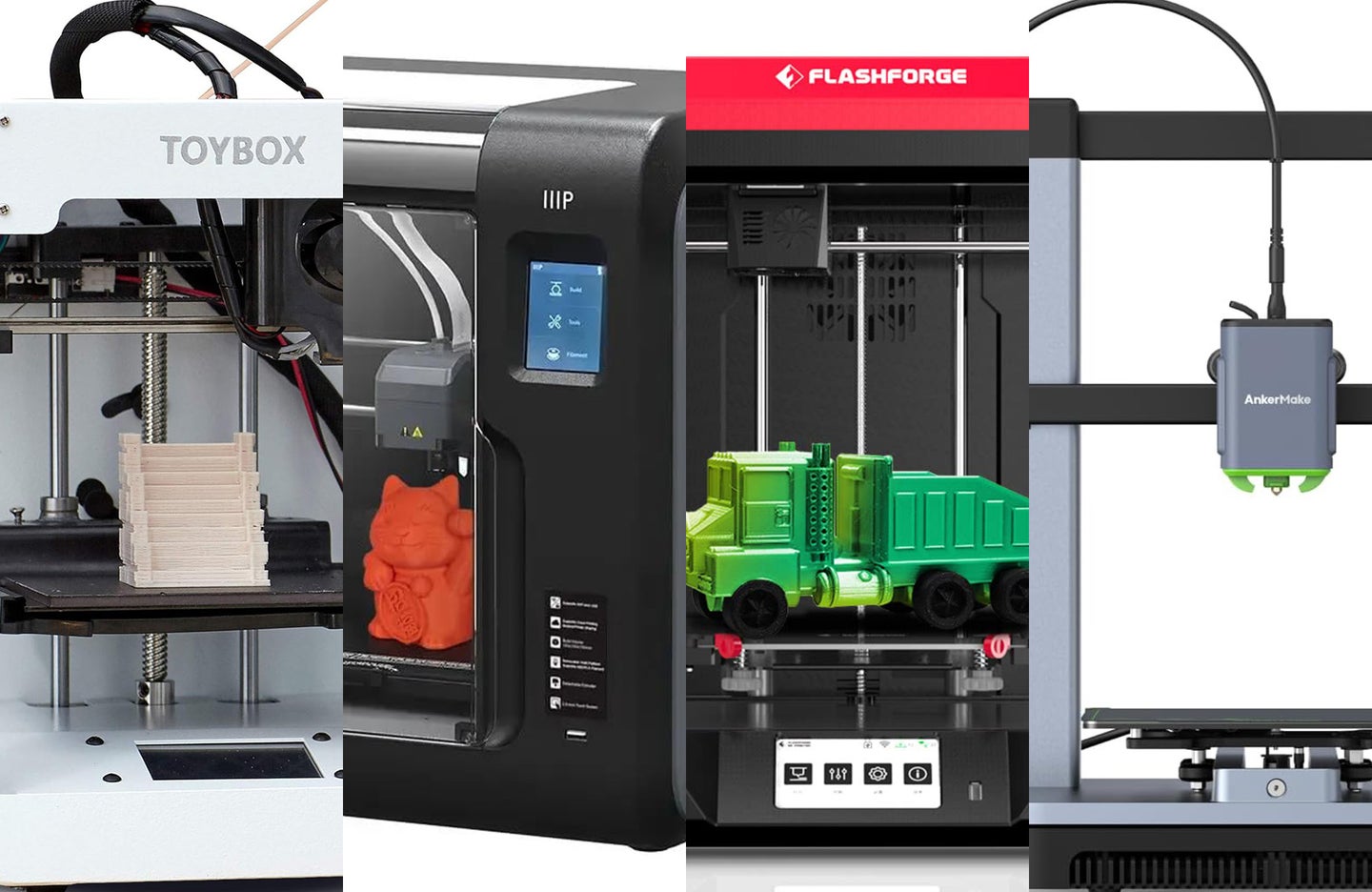
We may earn revenue from the products available on this page and participate in affiliate programs. Learn more ›
Dedicated 3D printers for kids can be a fantastic and fun way to encourage young minds to create and learn. 3D printers once required huge budgets and hyper-specific skills, but they have become very accessible in recent years. Now, these devices come in small, affordable versions that you can keep in your home. Some are even specifically designed for kids and can encourage problem-solving and creativity. They can also help teach subjects like science, art, and engineering. Whether you are looking at a device for fun, education, or both, the best 3D printers for kids offer an ideal mix of usability, flexibility, and accessibility.
- Best overall: Toybox 3D Printer for Kids
- Best budget: XYZprinting Da Vinci Mini Wireless
- Best for speed: AnkerMake M5C 3D Printer
- Best for teens: Monoprice Voxel
- Best for learning: FlashForge Finder 3
How we chose the best 3D printers for kids
When choosing the best 3D printers for kids, we evaluated more than 15 printer brands and over 40 models of printers. We looked at performance, price, safety features, customer reviews, built-in features, and lifespan. We evaluated warranties and feedback from experts. Best-seller lists and purchaser responses were also taken into account. We included products that are appropriate for a variety of ages and skill levels to offer a well-rounded list for readers and those interested in child-friendly 3D printers.
The best 3D printers for kids: Reviews & Recommendations
While there are some very easy-to-use and kid-focused 3D printers, be aware that depending on the age of the child, a 3D printer will likely require adult supervision and help. The components of 3D printers get hot, and it can take some problem-solving to design items and use some of these devices. Luckily, the devices below are all ideal for beginners, making it easier for you to get started, even if you are new to the world of 3D printing.
Best overall: Toybox 3D Printer for Kids
Toybox
Specs
- Weight: 6.6 pounds
- Dimensions: 7.4 x 7.4 x 9.05 inches
- Build volume: 2.7 x 3.1 x 3.5 inches
- Compatible materials: PLA plastic
- Print speed: Up to 60 mm/s
Pros
- Simple, one-touch function
- Comes with a growing catalog of ready-to-print toys
- Includes multiple colors of filaments
- Uses non-toxic PLA
Cons
- Pricey for what it is
- Build space is rather small
The Toybox 3D Printer for Kids is an ideal model for kids as young as eight who are interested in 3D printing. It was specifically designed with younger kids in mind, which means ease of use and simplicity at every turn. Printing is a single click away, with buttons and clickable images on the display screen so kids can easily run the show once they get the hang of it. Our reviewer found it to be a “fun factory for kids and beginners.”
With a huge catalog of toys, all you have to do is load and hit “print.” New toy builds are added weekly, creating an endless supply of projects to create. But you aren’t limited to what’s in the catalog; the Toybox app also allows for custom designs. The Toybox comes with eight rolls of filament in different colors, so you can get started right away without pricing out sizes or styles.
The Toybox is also our top 3D printer for kids due to its excellent safety features. It features an enclosed print area to keep curious hands away from hot elements. The easy-peel print bed means kids can take the prints out without needing a knife. And it uses non-toxic PLA (Polylactic Acid) plastic for filament, so you don’t have to worry about any harmful fumes. The small footprint and lightweight design are also a plus.
Best budget: XYZprinting Da Vinci Mini Wireless
XYZprinting
Specs
- Weight: 22.1 pounds
- Dimensions: 14.18 x 13.19 x 15.36 inches
- Build volume: 5.9 x 5.9 x 5.9 inches
- Compatible materials: PLA, Tough PLA, PETG, Carbon PLA, Metallic PLA
- Print speed: Variable
Pros
- Compatible with laptops, personal computers, or smartphones
- Can heat to the suggested printing temperature in less than one minute
- Offers a resolution of up to 200 microns
- Affordable compared to other 3D printers
Cons
- Only compatible with size 600G filament
- No integrated display
The Da Vinci Mini Wireless 3D printer is one of the best budget 3D printers thanks to its absurdly fast heat-up time, which eliminates any downtime before printing. It requires very little setup; simply plug it in, connect your device, and go. This is a great feature for kids (or impatient adults). It’s also a surprisingly rare feature among 3D printers; most require assembly or calibration before they’re functional. Meanwhile, a boxed-in printing area prevents the potential for burns and locks away heated progress from small hands.
You can use this 3D printer with a variety of filament types, including multiple types of PLA and PETG, though they each must be 600G. Speeds are kept in check with a nozzle and print bed that move simultaneously without sacrificing small details. A 200-micron printing delta will also keep projects accurate and looking great, but printing at that highest resolution will slow down the print time significantly.
At just 22.1 pounds, the Da Vinci Mini can easily be moved or stored away while still offering sizable printing abilities. As a “mini,” it’s extremely versatile and able to tackle a number of projects larger than its size suggests. Keep in mind that there is no integrated display, meaning it requires you to connect a device such as a laptop or phone in order to work.
Best for speed: AnkerMake M5C 3D Printer
AnkerMake
Specs
- Weight: 20.94 pounds
- Dimensions: 21.77 x 20.27 x 12 inches
- Build volume: 8.66 x 8.66 x 9.8 inches
- Compatible materials: PLA, PETG, ABS, TPU, and PLA-CF (Carbon Fiber)
- Print speed: Up to 500 mm/s
Pros
- Easy assembly with 3-step setup
- One-click printing with access to free model library
- Very fast printing
- Accepts many different materials
Cons
- Rather noisy
- No display
Waiting around for a print to finish isn’t fun for anyone, especially impatient kids. But before you even get to printing, you’ll have to build the 3D printer. Luckily, the AnkerMake M5C is quick and easy to set up, with only three steps. You can be up and running in roughly 15 minutes. When it comes time to print, it is one of the fastest 3D printers on the market, with speeds up to 500 mm/s. You’ll still get 0.1mm print precision with those speeds, so you’ll have quality prints as well.
The MC5 works with a wide range of filament types and can even print multicolor designs. You’ll have access to a free model library, so don’t need to figure out how to design your own if you don’t want to. It features automatic bed leveling and an easy-to-remove printing surface, which are both ideal features for beginners.
There are some downsides to the M5C, especially as a 3D printer for kids. This isn’t an enclosed printer, so it is best suited for older children or used with supervision. There isn’t a built-in display, so you’ll need access to a computer, tablet, or smartphone in order to print. And the fan is pretty loud, which may be an issue for some. But it offers quality prints at a budget-friendly price, so we think those issues are worth it for those focused on fast printing speeds.
Best for teens: Monoprice Voxel
Monoprice
Specs
- Weight: 28.5 pounds
- Dimensions: 15.9 x 15.7 x 15 inches
- Build volume: 5.9 x 5.9 x 5.9 inches
- Compatible materials: Any
- Print speed: Up to 60 mm/s
Pros
- Supports all of the most common types of filament
- 2.8-inch touchscreen control panel
- Built-in camera to monitor print jobs
- Easy to set up and use
Cons
- Lengthier heat time
- Touchscreen is cramped
The Monoprice Voxel is a 3D printer that comes with plenty of upgrades, including assisted leveling and hotspot capabilities. You can connect even without WiFi and then watch the progress from a built-in camera that allows you to check in or adjust when you’re out of filament. These alone are a perk for the price, let alone combined. Plus, they are both extremely rare in the world of electronics; few 3D printers offer their own hot-spotting abilities or remote camera options built directly into the device.
The Voxel is easy to set up and use, so your teen should have no issues getting the hang of it. You can swap the print nozzle out in seconds with no tools needed. What tools you need come with the device, so you won’t have to hunt them down on the internet. It features a built-in sensor that alerts you to low filament levels and even pauses prints until you reload.
Meanwhile, it prints at 60mm per second, whipping through any project up to 5.9 by 5.9 by 5.9 inches. The removable and flexible print bed makes it easy to remove your models when printing is done. Should it get damaged, you can swap it out for a new one. The entire printing area is enclosed, providing a level of safety for peace of mind. Offering lots of bang for the buck, this printer has plenty of bells and whistles without complicated knowledge to put it into action.
Best for learning: FlashForge Finder 3
FlashForge
Specs
- Weight: 36.6 pounds
- Dimensions: 18.5 x 15.9 inches x 16.4
- Build volume: 7.7 x 7.9 x 7.5 inches
- Compatible materials: ABS, HIPS, PETG, PETG PRO, TPU 95A flexible filament, and third-party filaments
- Print speed: Up to 180 mm/s
Pros
- No assembly required
- Operates at just 50 decibels for quiet printing
- Multiple connectivity options
- Comes with two interchangeable build plates
Cons
- Not fully enclosed
- Requires bed leveling before you can start printing
The FlashForge Finder 3 is designed for beginners wanting to learn the art of 3D printing. It comes fully assembled and comes with any tools you may need for maintenance down the road. You will need to level the bed before you start printing, but the process is quick and easy with the on-screen prompts.
The Finder 3 works with all of the most common filament types, even those from other manufacturers. That includes flexible filaments for when your child gets the hang of the basic materials. There is a low filament sensor and print recovery function so that you can resume printing where you left out should the power go out or you run out of filament mid-print.
One big plus of the Finder 3 in a home setting is the quiet operation. It runs at 50 decibels, so if your kid is an avid printer (maybe they’re just getting into cosplay and working through some kinks), you won’t have to deal with constant loud noise. You’ll get two different build plates—a glass plate and PEI magnetic steel sheet—allowing you to experiment with printing on different surfaces. It also works with multiple sizes of nozzles, providing even more flexibility as you learn.
Things to consider before buying a 3D printer for kids
When choosing the best 3D printers for kids, you have some decisions to make. Like any technology, there are products with flashy add-ons (and the flashy price tags to go with them), 3D printers that offer the basics, and everything in between
Learning curve and ease of assembly also play huge factors in whether or not your little one will enjoy the overall process. Kids can have shorter attention spans than adults, while 3D printers that have complicated maintenance issues will go over young users’ heads.
Safety
When it comes to choosing a 3D printer for kids, safety is one of the first features you’ll want to keep in mind. One of the best ways to ensure a 3D printer is safe for kids is to purchase a version that is fully enclosed. A 3D printer with an open printing area can expose hot elements to curious hands, while a boxed-in version will be closed off while printing. If you opt for an open design and are using the device with young kids, you will want to supervise the printing process closely. If you are buying a printer for an older kid, however, you may be fine with an open 3D printer.
Another important safety consideration is the type of filament you’ll be using. Some filaments, such as ABS, PETG, and nylon, can produce harmful fumes while printing. You’ll need to use these in an area with proper ventilation but may want to avoid them altogether with kids around. PLA is one of the best filament types for kids as it is considered food-safe and non-toxic. Not all 3D printers can use every type of filament, however, so be sure to check compatibility before purchasing.
Printing speed
Kids are typically not the most patient folks. As a result, a 3D printer with relatively fast printing speeds may be a smart move to keep them engaged. Many devices will offer various printing speeds based on print quality (listed as resolution). Faster speeds generally mean lower resolutions. A print speed of at least 60 mm per second will be a good starting point, but you can also opt for a model with faster speeds.
Another aspect to consider is how long it takes to load your next printing color or to replace parts after they’re worn down. This can often take place mid-print, and if you don’t do your research, you could be stuck with a model that needs ample cooling or load time.
3D printing with kids and sensory disorders
If you have a child who is sensitive to various senses, planning around that factor is at the forefront of your mind at all times. Take note that some senses that may trigger kids include loud noises, strange sounds, smells, and the feel of the plastic at various stages.
Luckily, you can plan around these changes. Some models offer quiet printing, while the fully enclosed 3D printers for kids may help with fumes and noise as well. Be sure to look carefully at specs and features if you need to be cautious about sensory disorders.
FAQs
Q: How much do 3D printers cost?
3D printers vary greatly when it comes to price. They typically start around $170 and can go up to nearly $1,000, it’s important to look at the features, size, and abilities that are important to you before purchasing. Not all budget models are low-quality, and not all luxury price tags are worth their weight. Refer to the above features to help find the best 3D printer for kids that will best meet your budget and expectations.
Q: Can a kid use a 3D printer?
Absolutely! Many 3D printer models are great for kids of all ages and skill levels. That said, they will likely involve participation on your part, and some require adult supervision, especially depending on the age of your children.
Be sure to pay attention to various features to find one that is most appropriate for your kids. Some main features to consider are the size and weight of the 3D printer, if it has a closed-off printing area (which locks away heated elements of the printer), and the sound level. You should also consider your child’s interest level in building and planning, as some models offer far more sophisticated options.
Q: What age is safe for 3D printing?
Every child is different, but thankfully, there are many levels of 3D printers available. So long as you plan to help with the setup and printing process, kids can start as young as five to six years old. (So long as they are mature enough to keep their hands to themselves and follow instructions.) Starting around eight or nine, kids will be able to get more involved in the process, especially with models geared toward little kids.
Q: Are 3D printers hard to use?
Available 3D printers come with all skill sets in mind, from those who have never once even thought about using a 3D printer to those who have years of experience building electronics and attaching relevant software. Before purchasing a model, look at its capabilities and level of difficulty so you can easily find one that meets your expectations, wants, and preferred performance level.
Q: Can I make toys with a 3D printer?
Yes, you can absolutely make toys with a 3D printer. Many kid-focused printers will even come with a library of toys that are ready to print without any design input from you or your kid. They are also great devices for printing miniatures.
Final thoughts on the best 3D printers for kids
- Best overall: Toybox 3D Printer for Kids
- Best budget: XYZprinting Da Vinci Mini Wireless
- Best for speed: AnkerMake M5C 3D Printer
- Best for teens: Monoprice Voxel
- Best for learning: FlashForge Finder 3
While many people still consider 3D printers advanced machines meant for older users, the current generation of devices can be a great way for little ones to flex their engineering and creative muscles. We recommend something that’s easy to set up and use but still offers room to grow for those who really take to it.
Why trust us
Popular Science started writing about technology more than 150 years ago. There was no such thing as “gadget writing” when we published our first issue in 1872, but if there was, our mission to demystify the world of innovation for everyday readers means we would have been all over it. Here in the present, PopSci is fully committed to helping readers navigate the increasingly intimidating array of devices on the market right now.
Our writers and editors have combined decades of experience covering and reviewing consumer electronics. We each have our own obsessive specialties—from high-end audio to video games to cameras and beyond—but when we’re reviewing devices outside of our immediate wheelhouses, we do our best to seek out trustworthy voices and opinions to help guide people to the very best recommendations. We know we don’t know everything, but we’re excited to live through the analysis paralysis that internet shopping can spur so readers don’t have to.
The post The best 3D printers for kids in 2023 appeared first on Popular Science.
Articles may contain affiliate links which enable us to share in the revenue of any purchases made.
from | Popular Science https://ift.tt/vHyBAlm

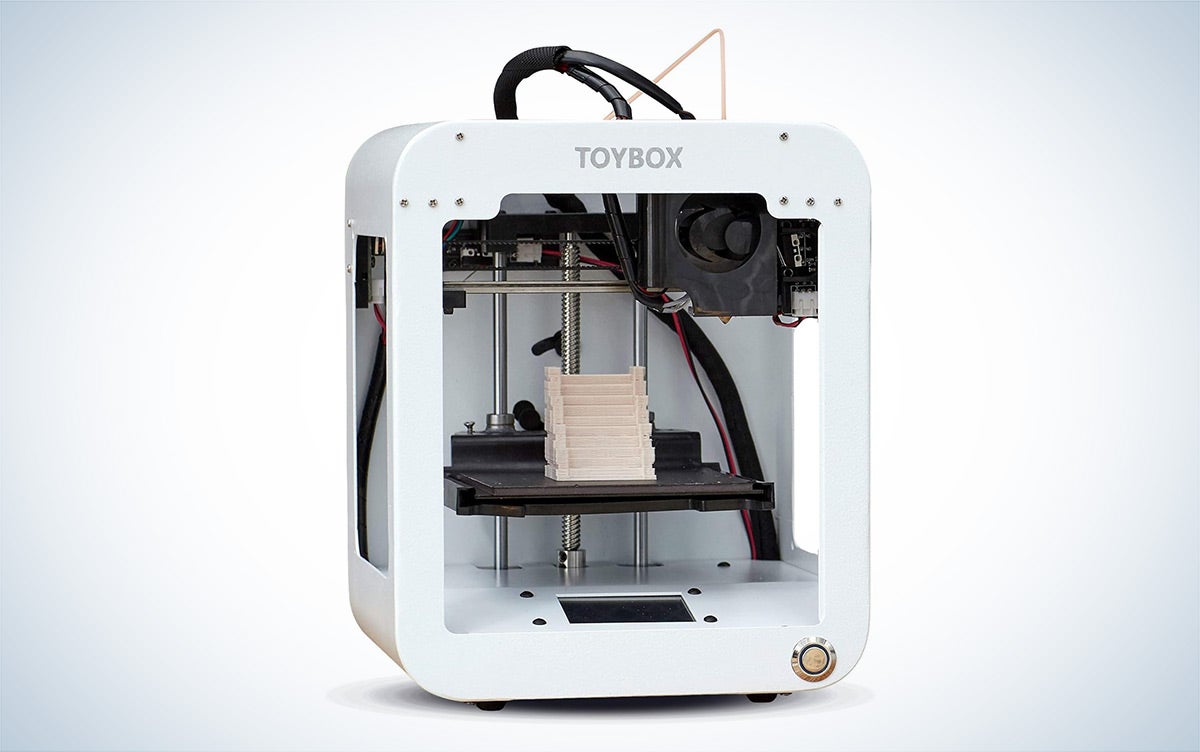
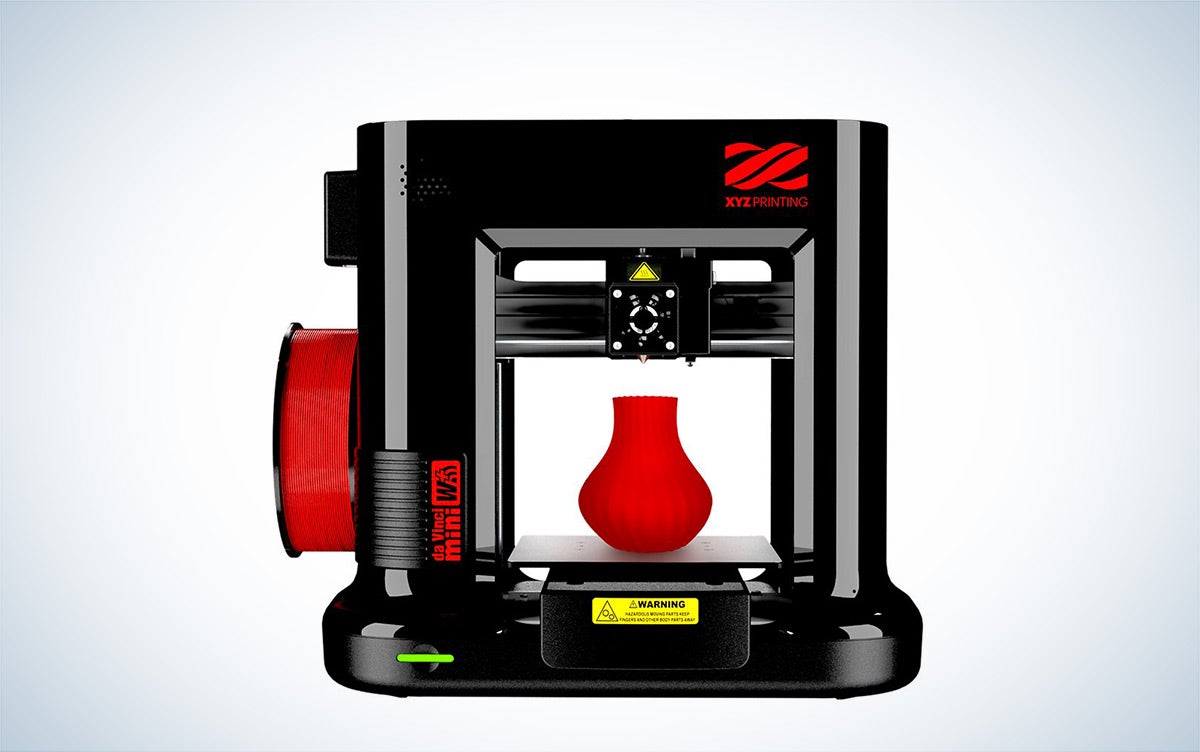
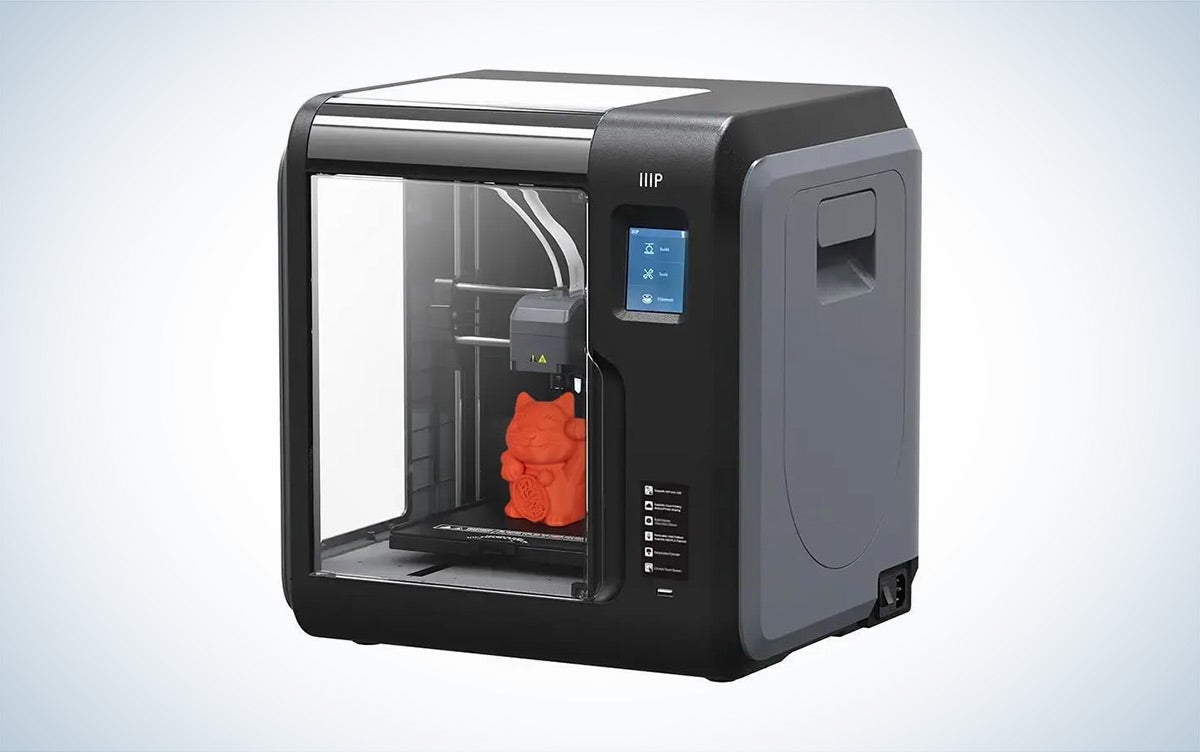
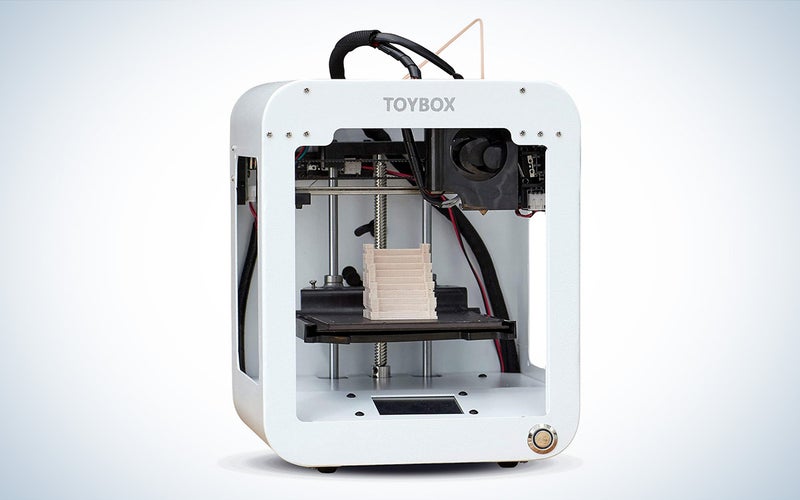
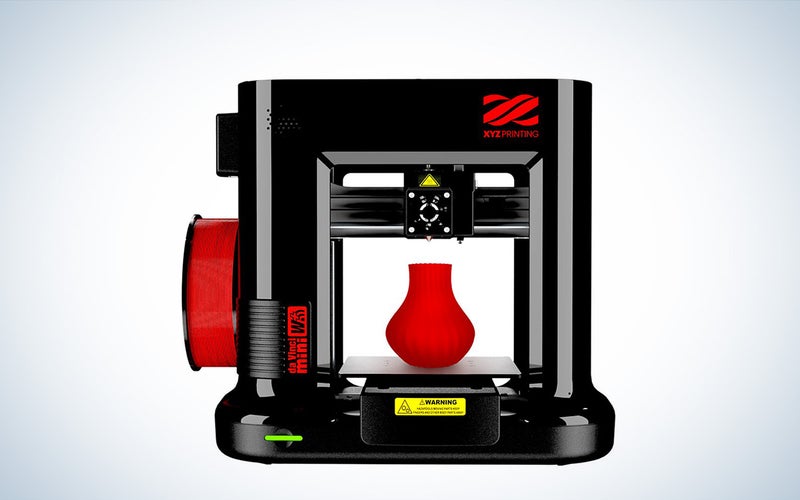
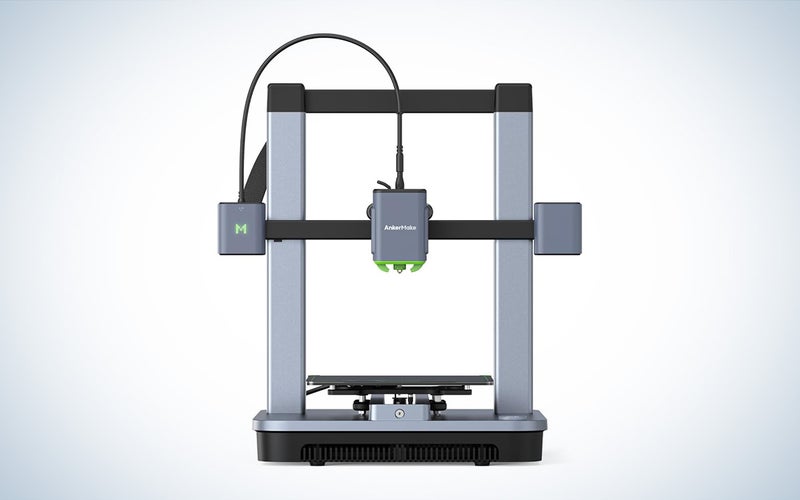
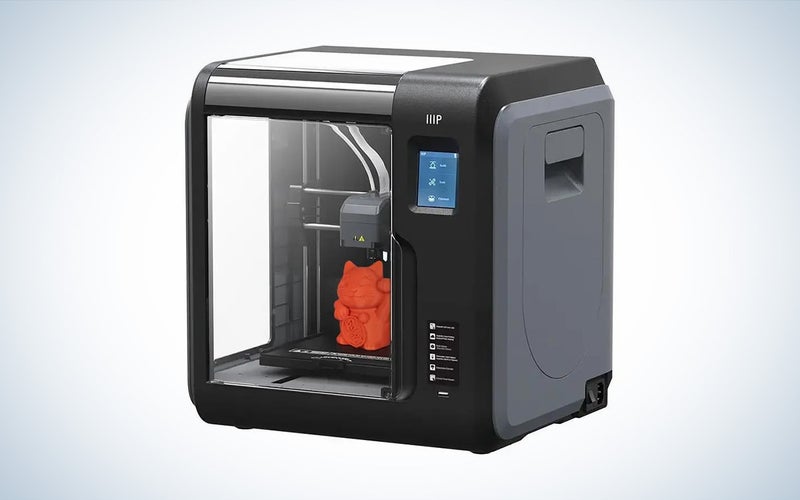
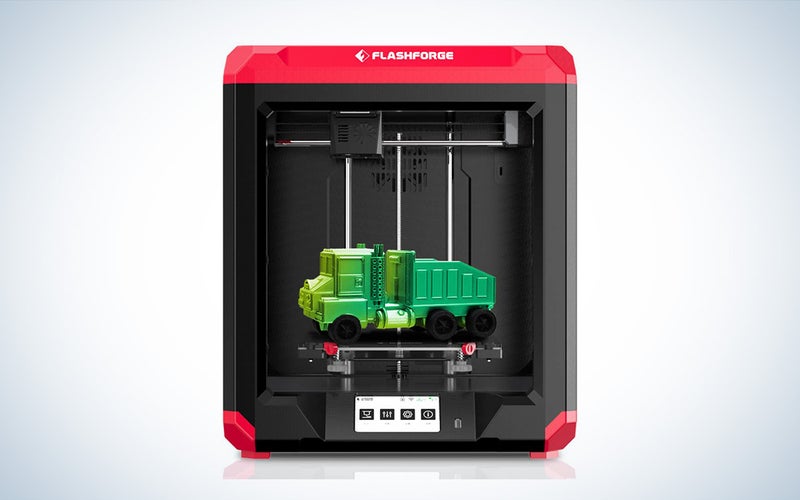



0 Comments